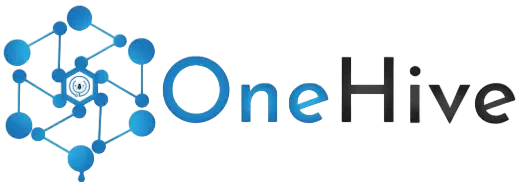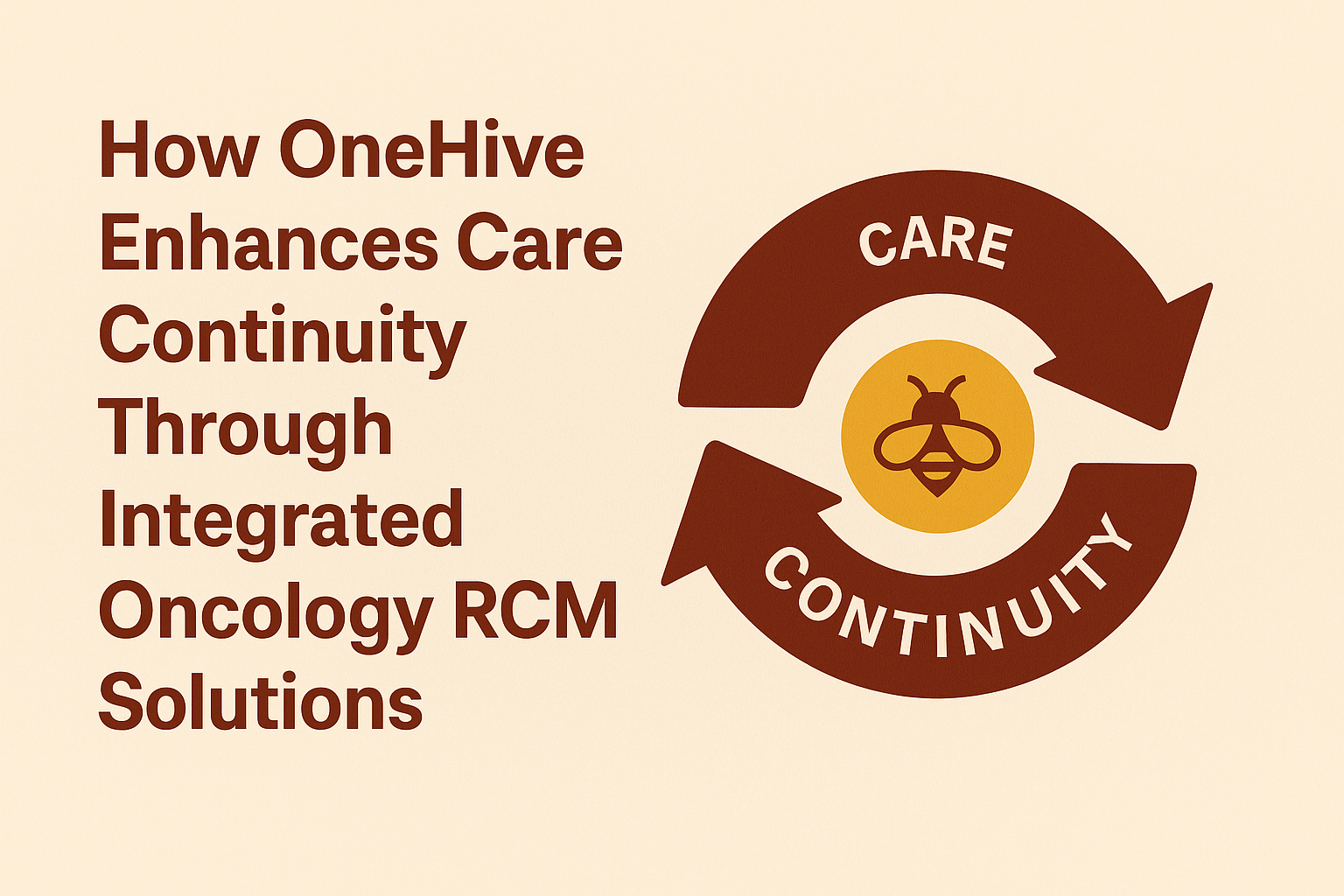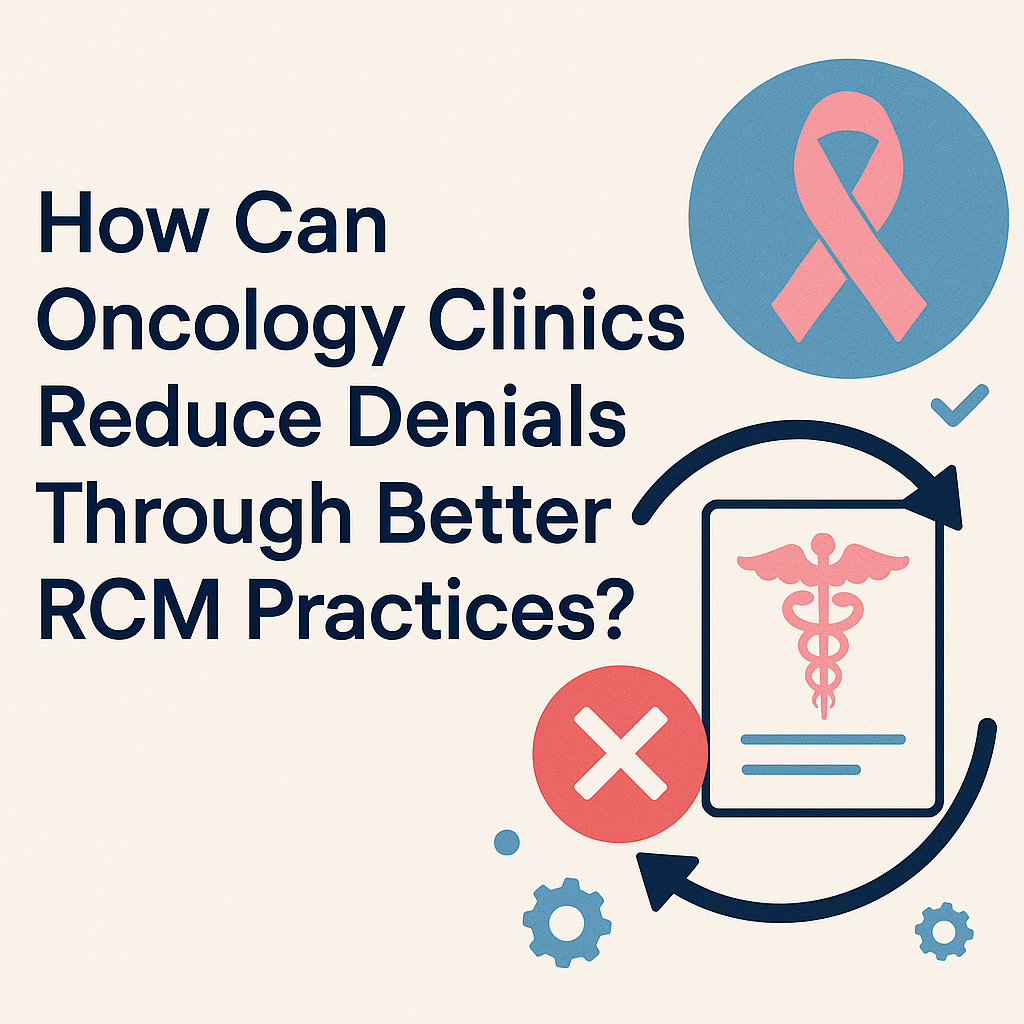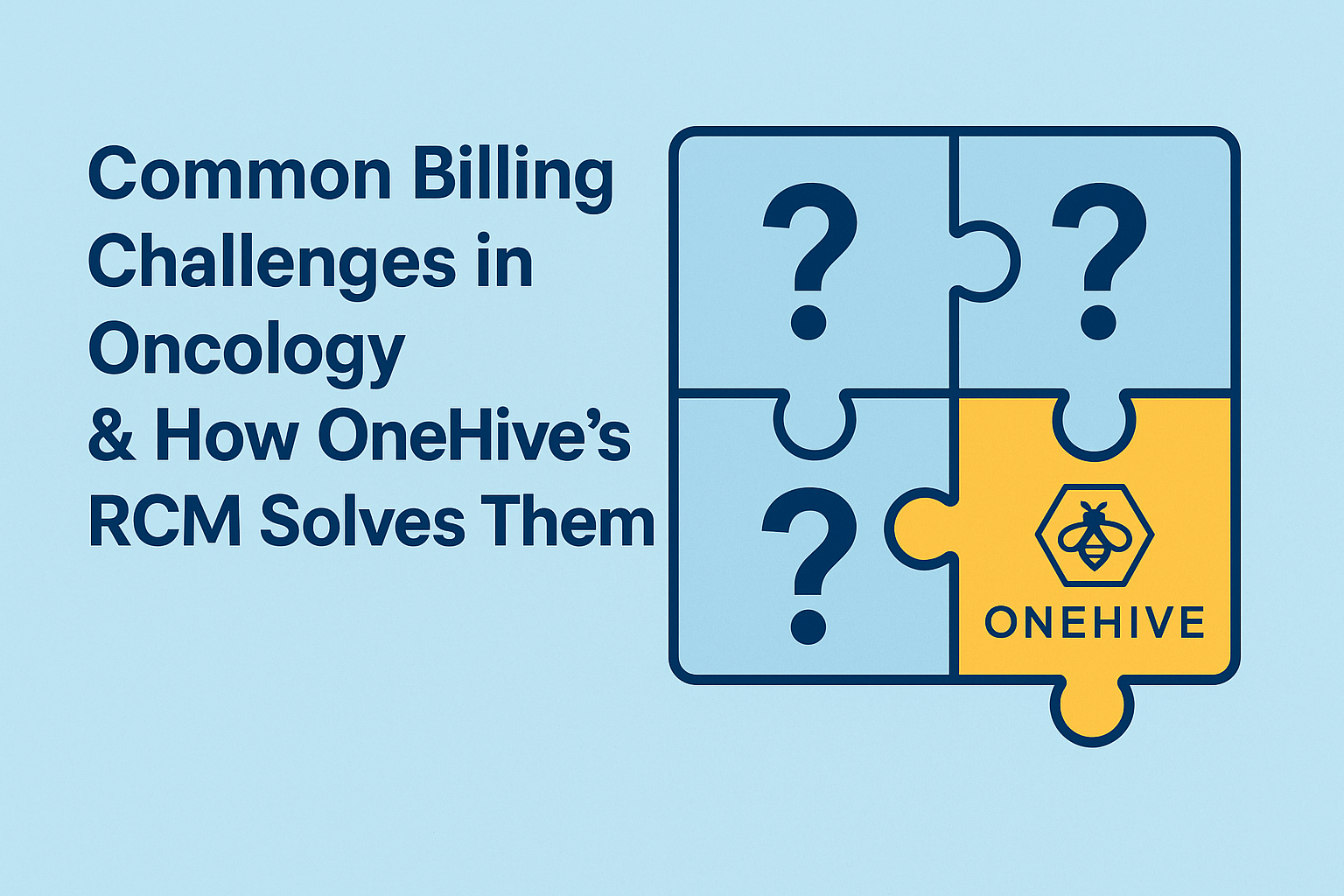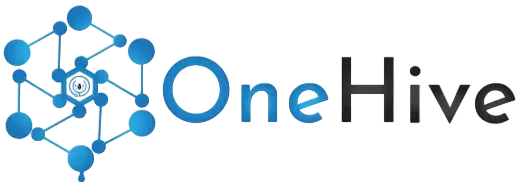In the world of oncology, care continuity isn’t just a desirable feature—it’s a necessity. Cancer patients often undergo long, complex treatment journeys that involve multiple specialists, therapy cycles, diagnostic procedures, and follow-up visits. Any breakdown in the chain of care can result in delayed treatment, poor outcomes, or reduced patient satisfaction.
Behind the scenes, Revenue Cycle Management (RCM) plays a surprisingly central role in supporting care continuity. When billing, coding, and documentation processes are disconnected or outdated, they can create gaps in the care experience. Missed authorizations, delayed reimbursements, or denied claims don’t just impact revenue—they disrupt the entire patient journey.
OneHive, a leading integrated oncology RCM platform, is changing that narrative. By offering a unified, intelligent RCM solution tailored for cancer care, OneHive ensures that administrative processes don’t just function—they actively support seamless, high-quality, patient-centered care.
The Challenges of Oncology Revenue Cycle Management
Oncology practices deal with complexities that go beyond standard medical billing, including:
- High-cost treatments (chemotherapy, immunotherapy, radiation) require precise coding and documentation.
- Frequent changes in payer policies and reimbursement models.
- Prior authorization delays that disrupt treatment schedules.
- Denials and underpayments due to coding errors or insufficient documentation.
- Interdisciplinary care coordination among oncologists, radiologists, and other specialists.
Without an efficient RCM system, these challenges can lead to revenue leakage, delayed treatments, and fragmented patient care.
Understanding the Link Between RCM and Care Continuity
Many providers don’t immediately associate RCM with clinical continuity, but the connection is undeniable. Here’s how:
- Prior Authorizations: Missing or delayed approvals for therapies can stall treatment plans.
- Coding Errors: Incorrect coding may result in claim denials, delaying follow-up care or scans.
- Poor Data Integration: Fragmented systems can lead to missing information at the point of care.
- Disparate Teams: Lack of coordination between finance, scheduling, and clinical staff can confuse patients and disrupt care plans.
An integrated RCM approach ensures every step—clinical, operational, and financial—is aligned. This alignment is what OneHive delivers, enabling practices to keep patients on track without compromising on financial or regulatory responsibilities.
How OneHive’s Integrated Oncology RCM Solutions Improve Care Continuity
OneHive’s end-to-end RCM solutions are tailored to oncology practices, ensuring financial efficiency without compromising patient care. Here’s how:
Key Ways OneHive Enhances Care Continuity
Let’s dive into the core features and functionalities of OneHive that support seamless, uninterrupted care for cancer patients.
1. Streamlined Prior Authorization Workflows
The Challenge: In oncology, treatments often require prior authorizations from payers. This can delay the start of therapy if the process isn’t handled efficiently.
The OneHive Advantage:
- Automated alerts for authorization needs based on diagnosis and CPT codes
- Integration with payer portals for real-time status updates
- Built-in task assignment to ensure follow-up by designated staff
By automating and centralizing this process, OneHive ensures that care starts on time, helping patients receive critical therapies without administrative hold-ups.
2. Real-Time Eligibility and Benefit Verification
The Challenge: Patients often arrive for treatment without clear understanding of their insurance coverage or out-of-pocket costs, leading to billing surprises or rescheduling.
The OneHive Advantage:
- Real-time insurance verification at the point of scheduling
- Accurate capture of patient responsibility and benefit details
- Immediate financial counseling prompts based on benefits
This transparency empowers patients to make informed decisions and ensures treatment continuity is not hindered by financial confusion.
3. Seamless EHR and Practice Management Integration
The Challenge: Oncology practices often operate on disparate EHR, scheduling, and billing systems, leading to poor data flow and communication gaps.
The OneHive Advantage:
- Seamless integration with leading oncology EHR platforms (e.g., ARIA, Mosaiq, Epic)
- Bidirectional data flow between clinical and financial systems
- Unified dashboards for front-office, clinical, and RCM teams
The result? Everyone—physicians, schedulers, billing staff—is working with the same real-time information, which keeps the care journey coherent and uninterrupted.
4. Accurate and Oncology-Specific Coding Support
The Challenge: Oncology billing involves highly complex codes, modifiers, and bundling rules. Mistakes in coding can lead to denials and disrupt treatment scheduling.
The OneHive Advantage:
- Built-in coding logic for oncology-specific services like infusion, radiation, and immunotherapy
- Modifier and bundling guidance to ensure accurate claim submissions
- AI-powered claim scrubber to catch errors before submission
This dramatically reduces rework and claim denials, ensuring that care isn’t paused due to administrative bottlenecks.
5. Care Coordination and Patient Engagement Tools
The Challenge: Cancer patients are often overwhelmed with appointments, lab tests, and therapies. Missing even one can disrupt their care path.
The OneHive Advantage:
- Automated appointment reminders and rescheduling support
- Integrated care team communication to flag no-shows or urgent changes
- Patient education tools and financial assistance notifications
This keeps patients engaged and informed, minimizing drop-offs and ensuring that the care plan progresses smoothly.
6. Integrated Quality and Outcomes Reporting
The Challenge: Value-based care models in oncology (like the Oncology Care Model) require continuous monitoring and documentation of outcomes.
The OneHive Advantage:
- Embedded reporting tools aligned with MIPS, OCM, and APM metrics
- Real-time clinical and financial performance dashboards
- Auto-generated reports to support care quality tracking
This allows practices to monitor patient progress in real-time, make necessary interventions, and align with quality incentives—all without disrupting care delivery.
7. Holistic Patient Financial Experience
The Challenge: Unclear billing practices or surprise costs can erode trust and lead to treatment delays or even abandonment.
The OneHive Advantage:
- Clear, itemized estimates based on insurance data
- Payment plans and patient assistance integration
- Transparent communication throughout the financial journey
A positive financial experience fosters trust and encourages patients to stay on course with their treatment, ultimately supporting better outcomes.
Security and Compliance at the Core
OneHive doesn’t just prioritize care and revenue—it also safeguards sensitive health data through:
- HIPAA-compliant architecture
- End-to-end encryption
- Role-based access control
- Continuous monitoring for vulnerabilities
These features ensure patient data remains secure, further supporting the trust and stability essential for continuous care.
Why OneHive Stands Out in Oncology RCM
In a crowded market of RCM tools, OneHive shines through its oncology-first design, built around the nuances of cancer care. Its strengths lie in:
- Deep integration across clinical, operational, and financial systems
- AI-driven insights and automation
- Customizable workflows tailored to oncology
- Proactive support for both fee-for-service and value-based models
With OneHive, practices don’t just improve billing—they enhance the entire patient journey, from diagnosis through survivorship.
A New Era of Connected Cancer Care
In oncology care, continuity is critical—both in treatment and revenue cycles. OneHive’s integrated RCM solutions bridge the gap between financial sustainability and high-quality patient care. By leveraging specialized expertise, advanced technology, and proactive denial management, OneHive empowers oncology practices to thrive in an increasingly complex healthcare environment.
For practices looking to optimize revenue, reduce administrative stress, and enhance patient experiences, OneHive offers a proven, oncology-focused RCM partnership.Interested in learning more? Contact OneHive today to discover how our solutions can transform your oncology practice’s financial health.
